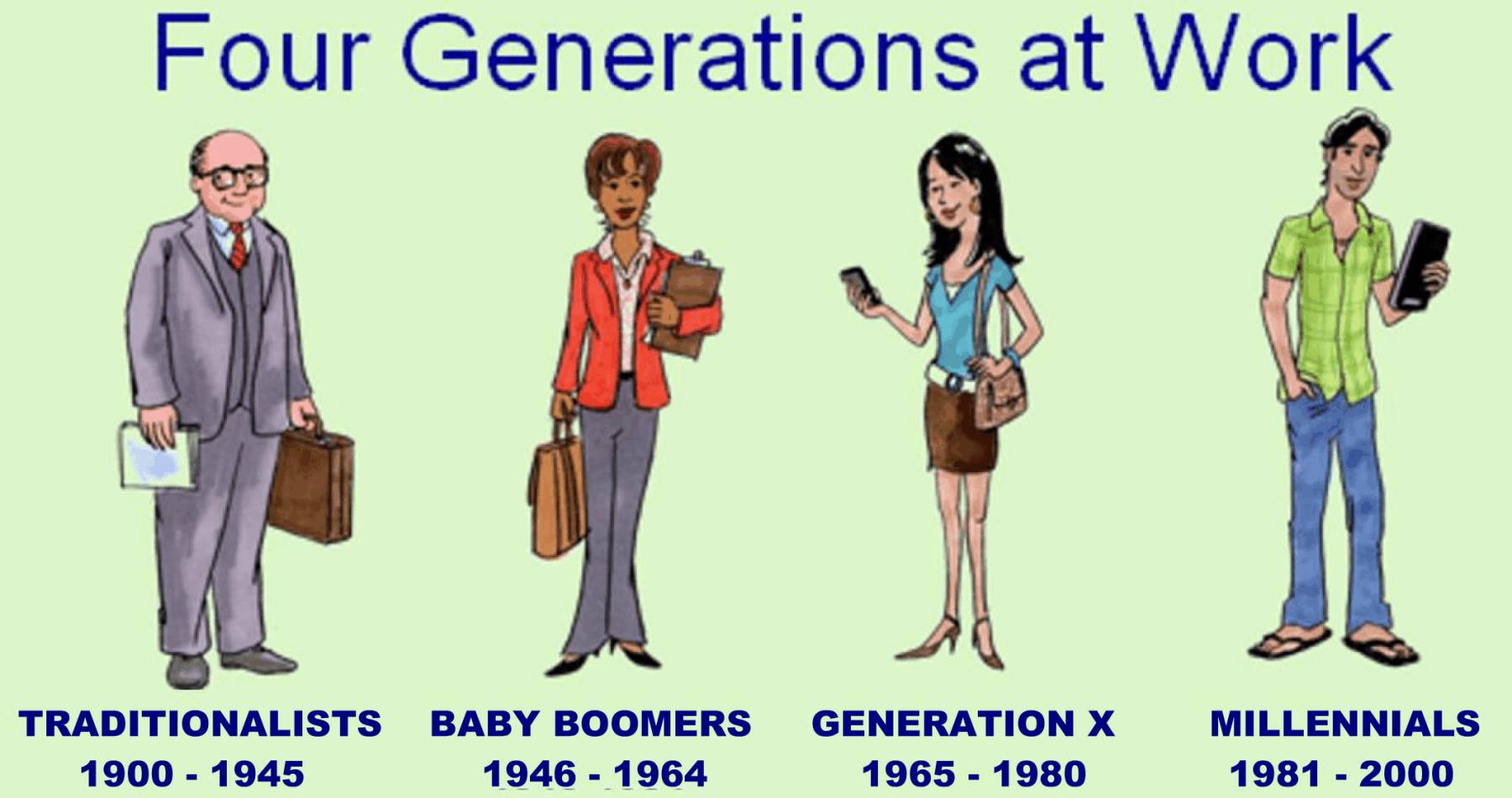Firm Management
5 Tips for Managing Multiple Generations in Your Firm
In today's multigenerational workforce, most executives agree that each age demographic exhibits its own styles and approaches. CFOs in a Robert Half Management Resources survey said they see the greatest generational differences in employees' ...
Jan. 20, 2017

In today’s multigenerational workforce, most executives agree that each age demographic exhibits its own styles and approaches. CFOs in a Robert Half Management Resources survey said they see the greatest generational differences in employees’ communication skills, ability to adapt to change and technical abilities. Only 7 percent of executives noted there are no differences.
CFOs were asked, “In which one of the following areas do you see the greatest differences among your company’s employees who are from different generations?” Their responses:
|
Communication skills |
30% |
|
Adapting to change |
26% |
|
Technical skills |
23% |
|
Cross-departmental collaboration |
14% |
|
No differences |
7% |
|
100% |
Research conducted for Get Ready for Generation Z by Robert Half and Enactus highlights key differences in these areas among baby boomers (1946-1964), Generation X (1965-1977), Generation Y (1978-1989) and Generation Z (1990-1999).
- Communication style: Baby boomers tend to be more reserved, while Gen Xers favor a control-and-command style, the research indicates. Conversely, Gen Yers prefer a more collaborative approach to communication, and Gen Zers prize in-person interactions.
- Change management: According to the research, Gens X and Y tend to see change as a vehicle for new opportunities, while Gen Z is accustomed to change and expects it in the workplace.
- Technical skills: When it comes to building their abilities, employer-backed training is expected by all workers. Baby boomers and Gen Xers most value traditional instructor-led courses or self-learning tools; millennials, which include Generations Y and Z, prefer collaborative and technology-centric options.
“Each generation brings unique characteristics to the workforce, which should be embraced,” said Tim Hird, executive director of Robert Half Management Resources. “Too often, managers see these differences as negatives, but building a team with diverse perspectives, insights and strengths can only be a positive, leading to improved products and service levels.”
Hird added that much of the consternation about generational workplace differences is frequently unnecessary handwringing. “Managing a multigenerational team doesn’t have to be hard,” he said. “For example, for years employers complained about how the work styles of millennials were disrupting the workplace. We know now, however, they simply have different outlooks, and the resulting changes from employers, such as new communication methods and enhanced work-life balance offerings, have benefited companies and employees alike.”
Robert Half Management Resources offers five tips for managing a multigenerational workforce:
- Don’t overthink it. Start with the understanding that everyone wants to do a good job and help the company. This commonality lays a strong foundation for relationship-building.
- Customize your style. Staff possess common attributes, but they also have individual needs. Tailor your management for each person’s strengths, personality and aspirations.
- Go off-site. Host team-building events outside the office to give employees a chance to get to know each other in a different setting.
- Let newer professionals take the lead. Institute reverse mentorships, where less-seasoned staff advise and share their insights with veteran colleagues. Also invite team members from all generations to share their unique areas of expertise.
- Mix and match project teams. Put together groups with complementary skills and diverse perspectives. This can prompt innovation and new problem-solving techniques.
